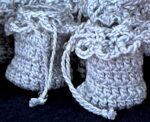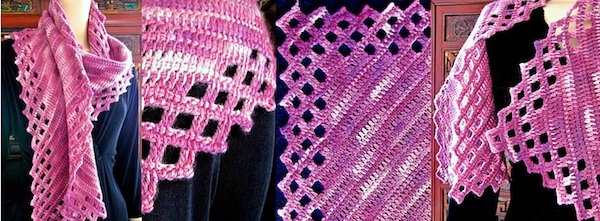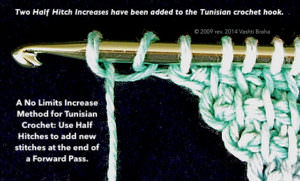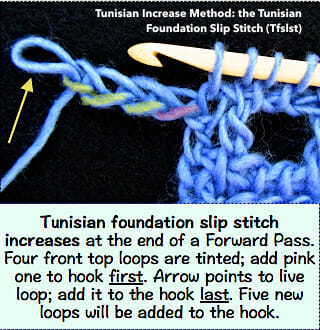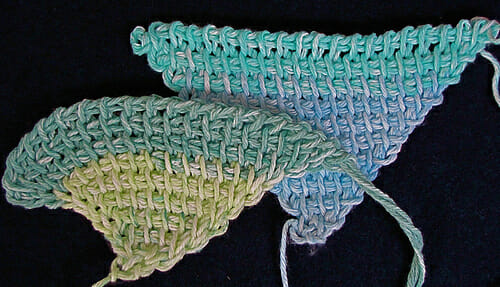Selling crochet items based on my patterns? Please do.
If you like to crochet things to sell at craft fairs or in a shop, please enjoy using my crochet patterns for that. I really appreciate that some crocheters care to ask a designer first! I love that about our crochet community. Not only is it your right in the USA, please also know that I feel honored that my designs inspire you to make and sell finished items.
I now state officially in several places that crocheters are welcome to sell the items they make from my patterns. (Patterns I’ve already published lack this notice. I’m updating each one as time allows.)
I’ve been a maker too.
Most recently in March 2014. Ananda, a dear friend I’ve known for forever, has an indie natural perfume business. Her cool idea for a trade: she would create a limited edition perfume with pure essential Lotus blossom oil.*
In return, I would crochet special little Lotus perfume pouches just for her and her best customers. The photos above are the pouches I made.
*She even named it Vashti. :swoon:
It was good timing for me to revisit being a maker—not a designer, teacher, editor, etc. I say “revisit” because I had a macramé jewelry business back in the 1980’s. After that I had a calligraphy business. I loved being an indie maker and selling at fairs.
Why would designers object to people selling crochet items from their patterns?
In forums, makers complain that some designers and publishers try to limit how their patterns are used, and can’t imagine a good reason for it. I think it’s understandable. Here’s why:
Back when I first launched my own pattern website, craft bloggers were reporting instances of large companies taking advantage of “the little guy” (indie designers). These companies were allegedly looking online for designs and then copying them as their own.
Whether or not the law would side with the indie designers in any of these cases, 1) These watchdog bloggers revealed publicly that stealing intellectual property isn’t victimless nor is it invisible on the internet; and 2) It scared me as a new owner of a web-based pattern line.
I did not start out encouraging people to use my patterns for selling crochet items. (I hope I didn’t discourage anyone!) I figured I’d hear from someone on a case by case basis. It’s because I didn’t know there were so many indie makers looking for inspiring crochet patterns. Turns out I was only hearing from a tiny percentage.
One last thing: crediting me as the designer of the pattern, or listing my DesigningVashti.com URL on your labels, is greatly appreciated, but not required. Let me know how your items sell, or show me some pics. It inspires me to design more!
Now: if you wish to use my designs to produce crochet items on a mass scale, contact me: vashti AT designingvashti.com . Thank you.

